|
A sprained ankle is not just a minor inconvenience; it can significantly impact your daily activities and quality of life. Proper rehabilitation is crucial for ensuring a full recovery and reducing the risk of future injuries. A comprehensive approach that combines various therapeutic modalities can offer significant benefits in treating a spring ankle. Here's how joint mobilization, subaqueous ultrasound therapy, subaqueous electric therapy, and heat therapy can work together to promote healing and restore function: Subaqueous electric therapy: Subaqueous electric therapy, , uses low-level electrical currents to stimulate the nerves and muscles in the affected area. This therapy can help reduce pain, improve muscle strength and control, and promote healing in a sprained ankle. By targeting the underlying muscle dysfunction, electric therapy can help restore normal function and reduce the risk of reinjury. Joint Mobilization: Joint mobilization is a hands-on technique used by chiropractor to restore normal joint function and range of motion. For a sprained ankle, joint mobilization can help reduce stiffness, improve flexibility, and enhance overall ankle function. By gently manipulating the joint, therapists can promote healing and reduce the risk of future injuries. Subaqueous Ultrasound Therapy: Subaqueous ultrasound therapy uses sound waves to penetrate deep into the tissues, promoting circulation and reducing inflammation. This therapy can help accelerate the healing process in a sprained ankle by increasing blood flow to the injured area and promoting the removal of waste products. Additionally, ultrasound therapy can help reduce pain and swelling, allowing for faster recovery. 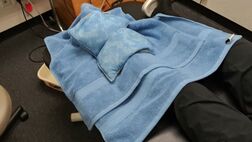 Heat Therapy: Heat therapy is often used in conjunction with other modalities to help relax muscles, improve circulation, and reduce pain. By applying heat to the sprained ankle, therapists can help increase blood flow to the injured area, promoting healing and reducing stiffness. Heat therapy can also help improve the effectiveness of other treatments, such as joint mobilization and ultrasound therapy. Graston Technique: The Graston Technique is a form of manual therapy that uses specially designed stainless steel instruments to break down scar tissue and fascial restrictions in soft tissues. This technique can help improve mobility, reduce pain, and promote healing in a sprained ankle. By addressing soft tissue restrictions, the Graston Technique can enhance the effectiveness of other therapies and improve overall ankle function. Combined Benefits: When used together, these therapies can offer significant benefits for treating a sprained ankle. Joint mobilization can help restore normal joint function, allowing for more effective treatment with ultrasound and electric therapy. Ultrasound therapy can help reduce inflammation and promote healing, while electric therapy can help improve muscle function and reduce pain. Heat therapy can help relax muscles and improve circulation, enhancing the overall effectiveness of the treatment plan. Conclusion: In conclusion, a comprehensive approach that combines joint mobilization, subaqueous ultrasound therapy, subaqueous electric therapy, and heat therapy can offer significant benefits in treating a sprained ankle. By addressing the underlying issues and promoting healing, these therapies can help restore function and reduce the risk of future injuries. If you have experienced a sprained ankle, consider consulting with your Chiropractor to develop a comprehensive rehabilitation plan tailored to your individual needs. For more information or to schedule an appointment, please contact Soft Touch Chiropractic at 818-831-0100. It's essential to consult with your Chiropractor to determine the most suitable combination of therapies based on individual needs and condition severity.
0 Comments
Leave a Reply. |
New Patient SpecialArchives
July 2024
Categories |
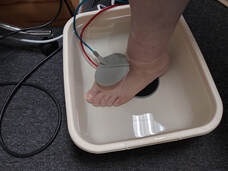
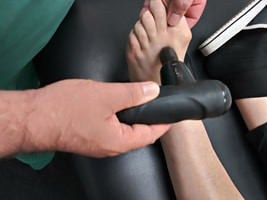
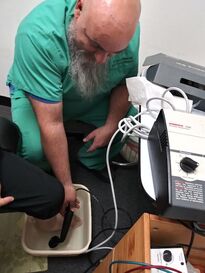
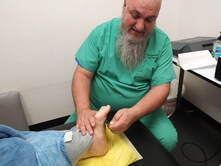
 RSS Feed
RSS Feed
